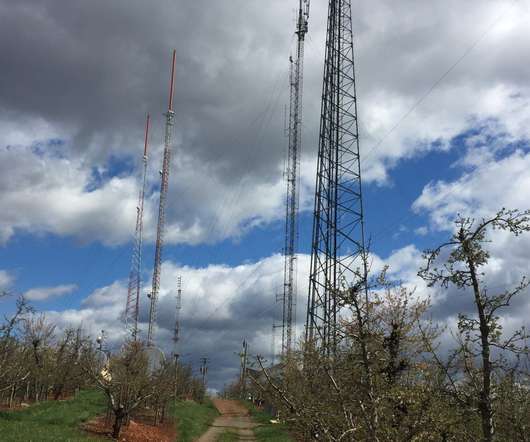Low Tech? No Problem. Here are 3 Alternative Ways to Help Distance Learning Happen.
Edsurge
APRIL 9, 2020
According to a 2019 Pew Research Center report, 96 percent of adults own a cell phone and 81 percent own a smartphone. About half own a tablet computer, while three-quarters own desktop or laptop computers. And some corporations have designed higher education and workforce training micro-courses intended for smartphones.




















Let's personalize your content